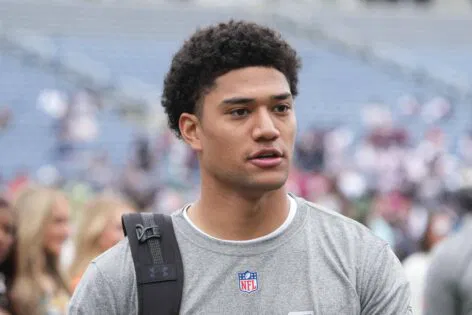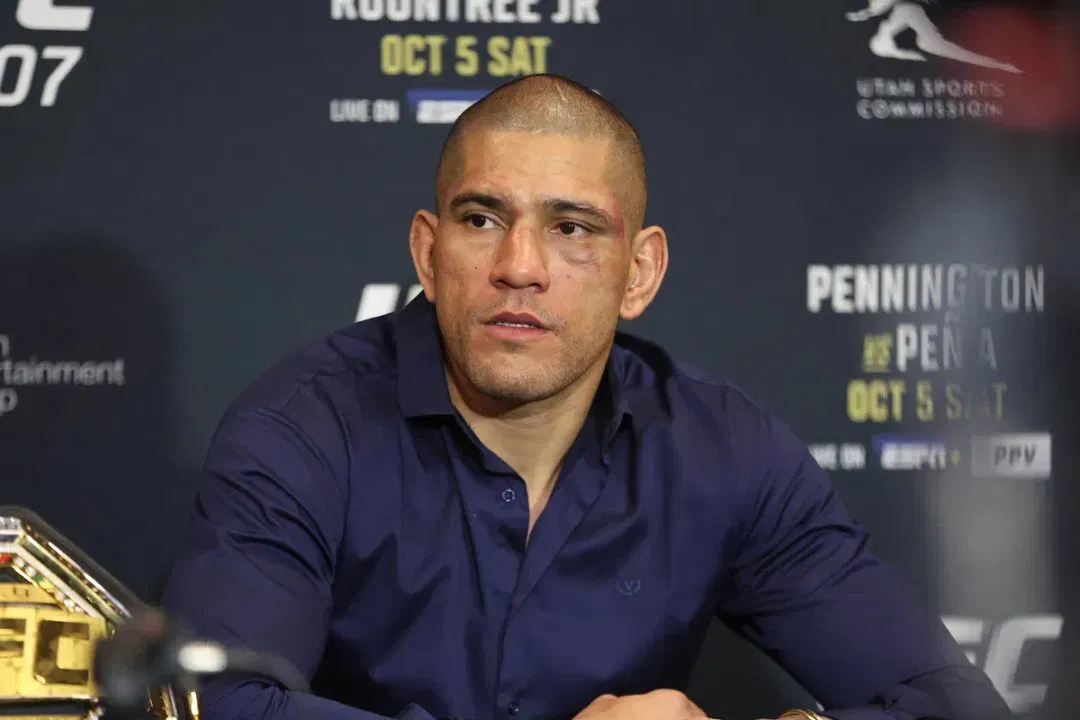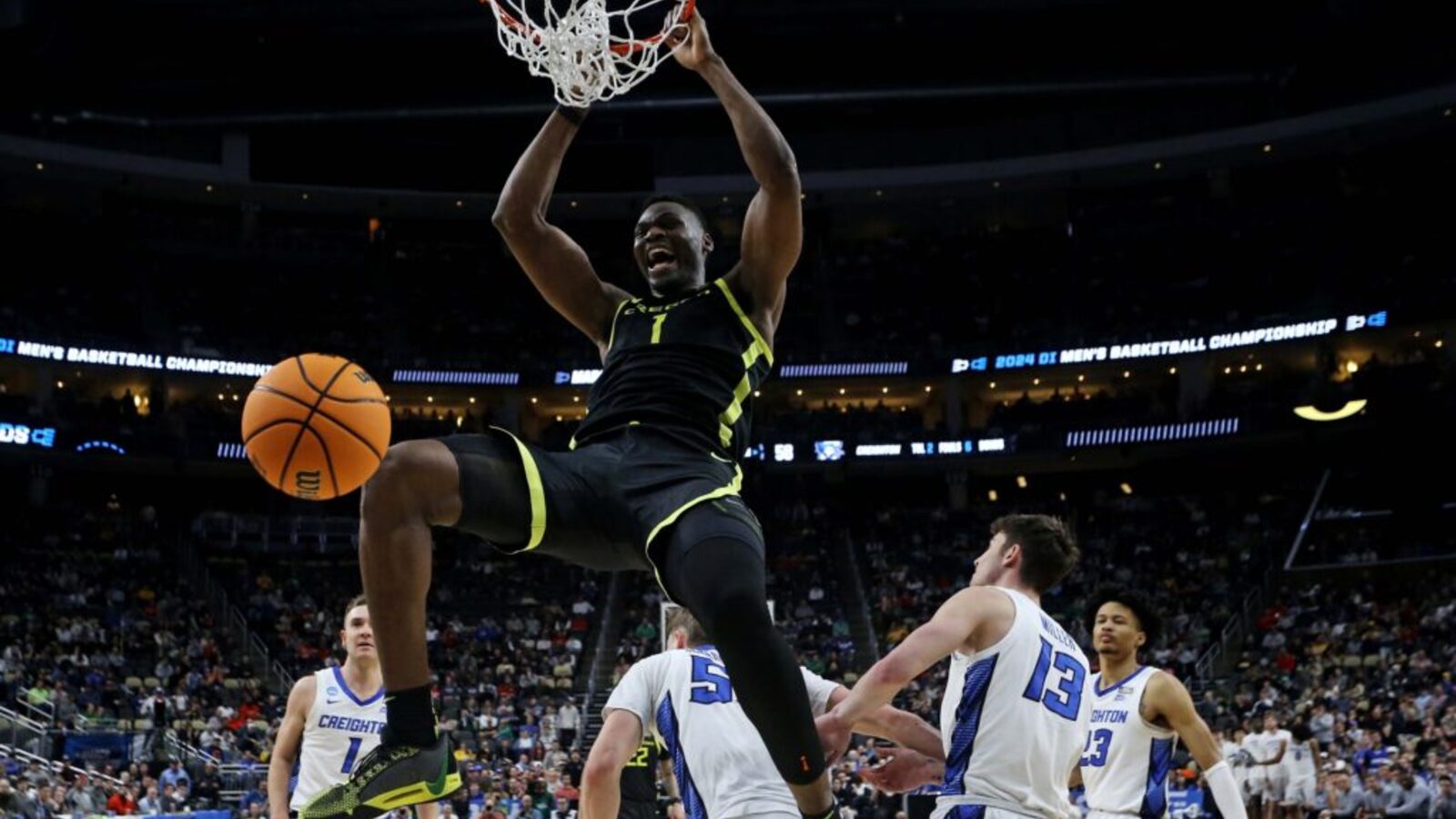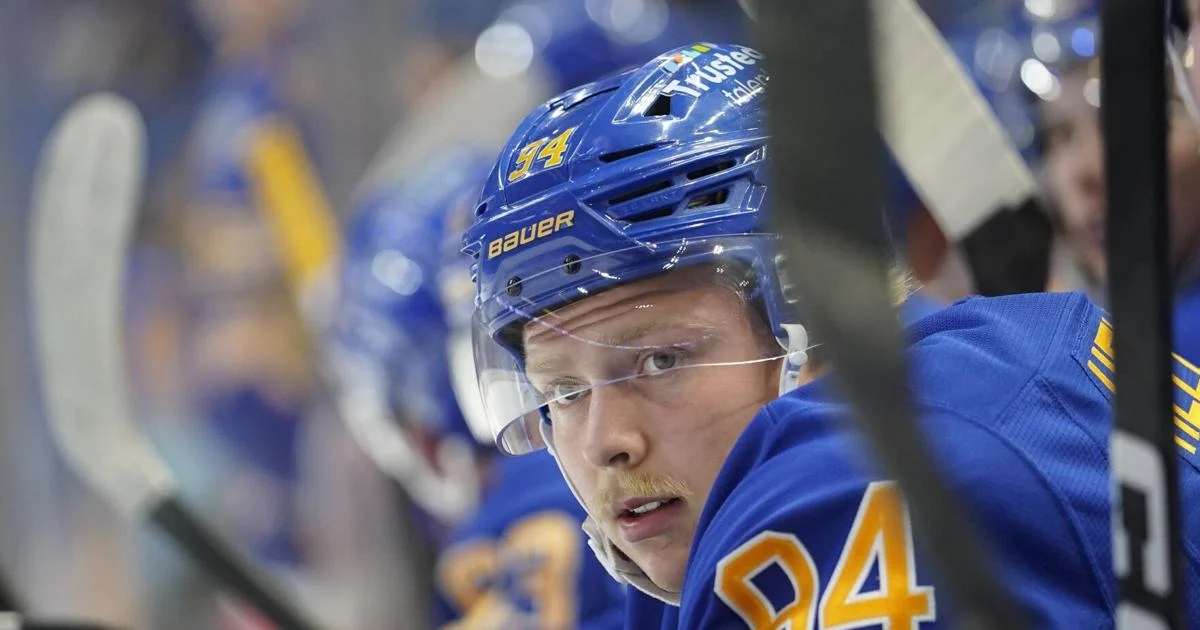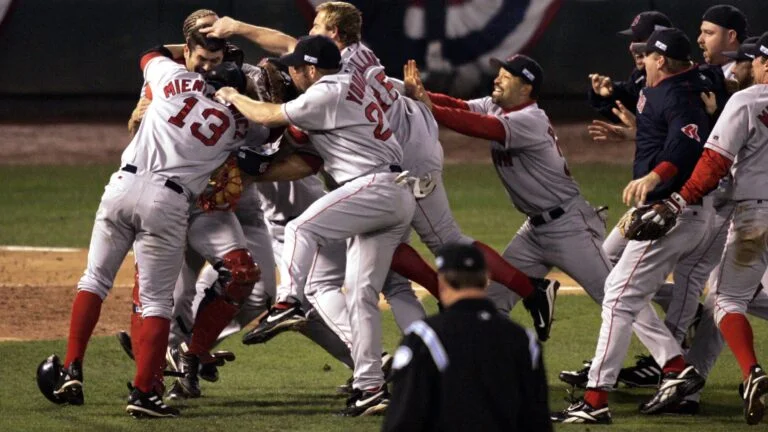
Chopra and Fisher sat down with Boston.com for a wide-ranging interview about the three-part documentary.
Just in time for another Red Sox playoff run, ESPN’s new three-part Red Sox documentary “Believers” is now available for streaming on the ESPN app.
The series, which explores faith, heartbreak, and redemption through the lens of the 2004 championship team was co-directed by Gotham Chopra and Lauren Fisher.
Chopra, a Boston native and lifelong Red Sox fan, co-founded the media company Religion of Sports with Tom Brady and Michael Strahan. His projects include the 2018 documentary “Tom vs. Time,” and the 10-part ESPN+ series “Man in the Arena: Tom Brady”, along with “I Am Giant” which featured former Giants receiver and UMass alum Victor Cruz.
Fisher is a two-time Emmy-award-winning director whose works include “In The Arena: Serena Williams,” “Greatness Code,” and “NFL Draft Stories” among other projects.
Chopra and Fisher sat down with Boston.com for an interview discussing their new series. This interview has been lightly edited for length and clarity.
Some Red Sox fans would say ‘Another 2004 Red Sox documentary?’ How many times are we going to tell this story? What would you say to those people?
GC: “I am one of those people. But, I would say that I remember watching Faith Rewarded within the weeks that it came out on DVD. I watched Bill [Simmons’s] 30 for 30, Four Days in October. I watched all the stuff on Netflix last year. I voraciously consume all that stuff. I love it. It’s my life. It’s there for me. I’m 50 years old. There’s life before 2004 and there’s life after 2004. So, the bar was super high, but this wasn’t like some analytical decision to make this thing.”
“My wife, she’s not from Boston. In 2003, after Aaron effing Boone happened, she was on that ride, I think we had just gotten married by then. She asked me after that, not right after, like three months later, when I was still in a depression, like ‘oh my God,’ why do you care so much about this thing that you have no control over? And I feel like the answer to that is not just this series, but everything I’ve done. Religion of Sports, our company, is like ‘let me show you’. This isn’t – as much as I am indebted to Pedro and Manny and Schilling and those guys, it’s not about what happened on the diamond. It’s about what it meant to us, the faithful.”
“Those series are amazing and I love them and I’ll watch them until the day I die, but this is less about Dave Roberts or Curt Schilling’s bloody sock, or Mariano Rivera collapsing on the mound. This is about ‘how did this change us’? How did it change this place? How did it change the people from there? I think anybody who gives it a chance will be like ‘Oh, this was not what I was expecting, and that’s what’s different about it.”
What did you find about the journey, the history, and the Red Sox faithful that made that time so special?
LF: “One of the lines that stands out to me that actually came from a Yankees fan. We didn’t have many, but we did have two in the show. Neil deGrasse Tyson, was like ‘misery is a binding force’. Some of the world’s religions going back thousands of years, this idea of suffering is binding and brings people together. Exploring that and understanding why, why did you stick around, and actually, there’s some longing for that time at the end. What does that mean? And the paradox of that, of winning and how that can change how you feel.”
“Having those different generations talk about that particular topic is a way of communing over this and connecting. My hope is that Boston fans will watch this and have that re-ignited within them or they’ll learn something like ‘Oh, now I understand why my grandpa is so psychotic about the Sox. I didn’t really get it.’ You hear some of the young people at the end and they’re like ‘Yeah, the Sox are winners,’ the Patriots are winners, the Celtics are winners. Matt Damon has some great lines about this. He’s like ‘I’m not a fair-weather fan’, he’s like F-you, this is my effing team. He was really dead serious about it.
“This was his whole childhood growing up. To me, digging into that, is almost like an anthropological explanation of misery in sports and how much rich history there is in this city and how it is connected to the team. They’re not two separate subjects. They actually lift each other up and make this story more meaningful, more three-dimensional, and, paradoxically, more universal. We hope people will watch this and go ‘oh yeah, this reminds me of my town’ and how these historical things tie into why we care so much about our particular team.”
A major theme in religion is that faith leads to a reward that is ultimately greater than we can imagine. Boston seems to have experienced the sports version of that post-2004. What’s your perspective on that?
LF: “In faith, we’re not going to see it on this earthly plane, what Shangri-La, heaven, nirvana is. It’s really nice to have this intermediate plane of sports where you reach Shangri-La, you reach nirvana, you reach heaven when you win. That’s a special, beautiful thing.”
“We also get to see what comes after, which is fascinating. I loved what Deepak Chopra says in the series. It’s rebirth. Life, death, rebirth. It’s a cycle. 2004 was the end of that cycle. It was a death in a way, and that’s fascinating, what comes after. How terrifying and fascinating! We didn’t know what would come after in 2004. We see now. More winning came after. Not always perfection, but more winning.”
What was it like working with Ben Affleck and Matt Damon on this series?
GC: “Ben was ground zero. He was on the ground floor. We pitched this, we developed it together, and pitched it together. There were certain moments where it was like a one-act show. The way he was able to – because yeah, Ben is incredibly accomplished, he’s a great actor and director, but also, you’re like ‘oh, like he’s just like us’ He’s psychotic about the Red Sox.”
“His memories of that time, he was at a bunch of those games. Matt, likewise. It was really good. I’ve been a big fan and an admirer of them, especially as a Boston guy. They’re Red Sox fans. They’re just Massholes. And that was the part that we wanted. Matt came to the set with a hat and a ball and all these sort of relics. I think when we were all on Zoom, Ben had his all of his various paraphernalia including his 2004 sweatshirt which was kind of torn. Like, with these guys, its real. It wasn’t performative.”
How did you pick the cast?
LF: “As we were setting out to write it, we wrote down our list of names, our pie-in-the-sky people and it was like ‘OK who is the most A-list Red Sox fan’. That was never a thing. It was like who is going to be able to authentically deliver and help us tell this story, but also do it eloquently.”
“Uzo Aduba was amazing. She had some things that we didn’t know about because she doesn’t get asked every day about the Red Sox. Sam Jay, Donnie [Wahlberg], there’s so many heartfelt stories. There’s also this authenticity of people who have come out into the world and are amazing artists and know how to speak on this with authenticity and an impassioned view. And then we have scholars. You have Doris [Kearns Goodwin]. Dart Adams, his interview was amazing. Peter Massey from the Massachusetts Historical Society.”
“And, by the way, we have some of the players in this too, which was honestly how we went down the list. We wanted them there. Obviously, their voices, we’re so grateful for. We needed that dimension of what it was like for them. David Ortiz was someone who could tell us about what it meant to be in the Dominican community in Boston. His insight there was like ‘Boston fans are tough, but fans in the DR are tougher and I felt right at home.’ That kind of insight of how that team blossomed was something that connected it back to this place and an important thing. That casting was very purposeful. We even had nicknames like scribes, believers, apotheosis, we were like if this were a religion how would they fit in? It was fun and challenging.”
Picture you’re in the viewer’s living room, hanging out, having some snacks watching the doc with them? What kinds of things are you whispering for them to look out for?
GC: “There are a lot of playful things, like turning the green monster into an actual monster. You’ve seen Dave Roberts stealing second and Bill Mueller driving him in and all that stuff. You’ve seen the Dan Shaughnessy quote and the stuff that Kevin Millar says to him.”
“So, we had to come up with a visual language on how to tell this story. And then, it’s like ‘trust me, this section on the Salem Witch trials?’ It’s going to pay off. Or the busing crisis in the 70’s. That was really fun, to sort of build that universe and sort of have it pay off. That to me is how it’s differentiated from everything else that has come before.”
LF: “We definitely wanted those kinds of Easter Eggs. That ball rolling down, the missed line drive, rolling down the line, we’ve seen that clip a thousand times. We were like, ‘We need to slow this down’. Make it feel like the boulder in Indiana Jones, rolling towards you, and you think it’s going to crush you. That ball needs to feel like that.”
“Those are the kinds of moments, those canonical moments, where we needed to give you the weight of that. I guess something I would whisper would be like ‘after the ball rolls, ’ look for the hidden message in the dust. A lot of care went into this and how we were weaving the story together. It’s rich. I’m hoping people will watch it more than once and see different things as they watch it.”
